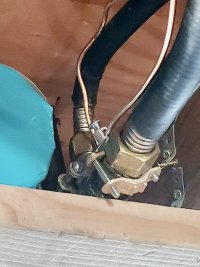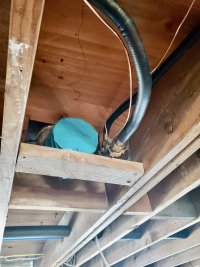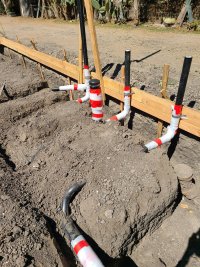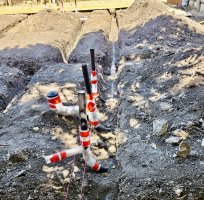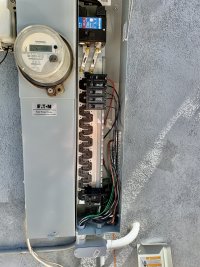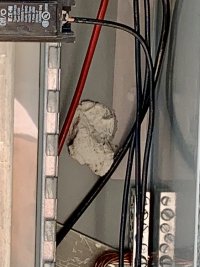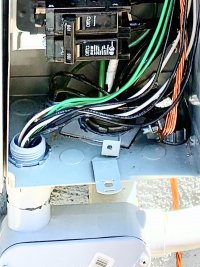I frequently encounter an electrician that got ahead of himself with the stucco lath. Many times the patchwork is done. The reason for removing lath for an inspection is exemplified in this case. Since I an performing virtual inspections I rely on pictures. The contractors think that their work is going to pass inspection so they take pictures and continue with the work.
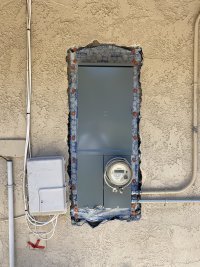
The clamps are not listed for "as many as you can get in" and they are supposed to be grabbing the cable "snugly". Snugly might not be in your code.
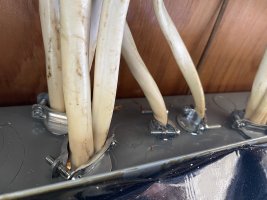
The picture is blurry but you can see that the cable is against the screw. I have seen the screw chew through insulation and short. Note that one screw is bottomed out and the other is not due to the cable being pinched
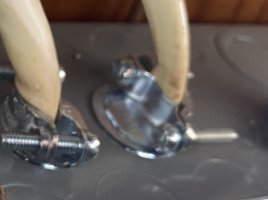
This next picture puts it over the top.
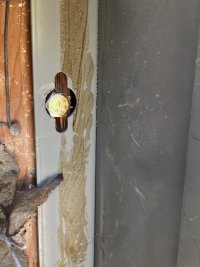

The clamps are not listed for "as many as you can get in" and they are supposed to be grabbing the cable "snugly". Snugly might not be in your code.

The picture is blurry but you can see that the cable is against the screw. I have seen the screw chew through insulation and short. Note that one screw is bottomed out and the other is not due to the cable being pinched

This next picture puts it over the top.

Last edited:

